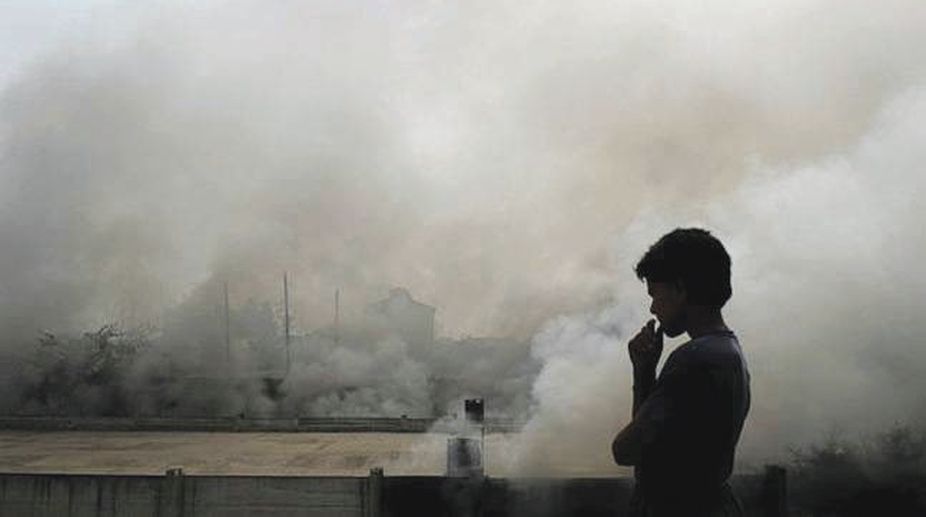A joint team of officials led by sub-collector Panposh Himansu Sekhar Behera, completed visiting all the alleged erring sponge iron units to take stock of pollution control measures at Kuanrmunda.
The team was constituted by the collector of Sundergarh district following a massive protest in the area over the past few months. Following a meeting with the agitators, held on 28 March, a decision was taken to form a team and conduct on the spot verification of all the six plants in the area.
Apart from the sub-collector Panposh, the team consisted of SPCB Regional officer, Hemendra Narayana Nayak, ITDA Panposh, PA, T Bari and Tehasildar Kuanrmunda Dilip Kumar Nayak.
The team, on its last day, which was yesterday, visited Adhunik Metalicks, the biggest plant in the region. There are five plants at Kuanrmunda, and they are Swastik Sponge, Ganesh Metalicks, Ma Sakambari Sponge and Khederia Sponge, against whom the complaints by the locals had been mounting.
Speaking about his experience during the on-the-spot visit to all the plants the chairman of the committee Behera said, “there is no doubt that these plants were flouting the environmental rules and because of that there was such a mass movement against the plants. We have completed our tour of all the plants against whom the complaints were mounting.”
However, he felt, following the local movement, media coverage and action by the state pollution control board’s regional office, there was a significant fall in pollution causing agents in the area. The sub-collector said that the final report and analysis would be submitted to the collector very soon. The residents of Kuanrmunda were up in arms against the units situated in their locality.
They were complaining regarding the rampant pollution by the units with scant regard for public inconvenience. The situation became critical when a partial Kuanrmunda bandh was called on 21 February and was followed by economic blockade to the erring units.
With this blockade neither produced goods could be transported nor raw materials were allowed inside the plants by the Kuanrmunda Nagarika Committee.
Regional officer of the state pollution control board, Hemendra Narayana Nayak said, “After the 28 March meeting between the collector and the convener of the Kuanrmunda Nagarika Committee two pollution measuring equipment were placed at two vantage places. And these two are certainly helping us to keep a tab on the pollution in the entire area.”
Other sources said, “apart from the smoke, the dust pollution mostly from the uncovered and un-watered raw materials were the two biggest pollutants.”
And the suspended materials were found everywhere. The units were basically not using electro static precipitator to check the air pollution. Nayak also informed that the analysis and the detailed report would be ready by Tuesday for submission to the collector.











